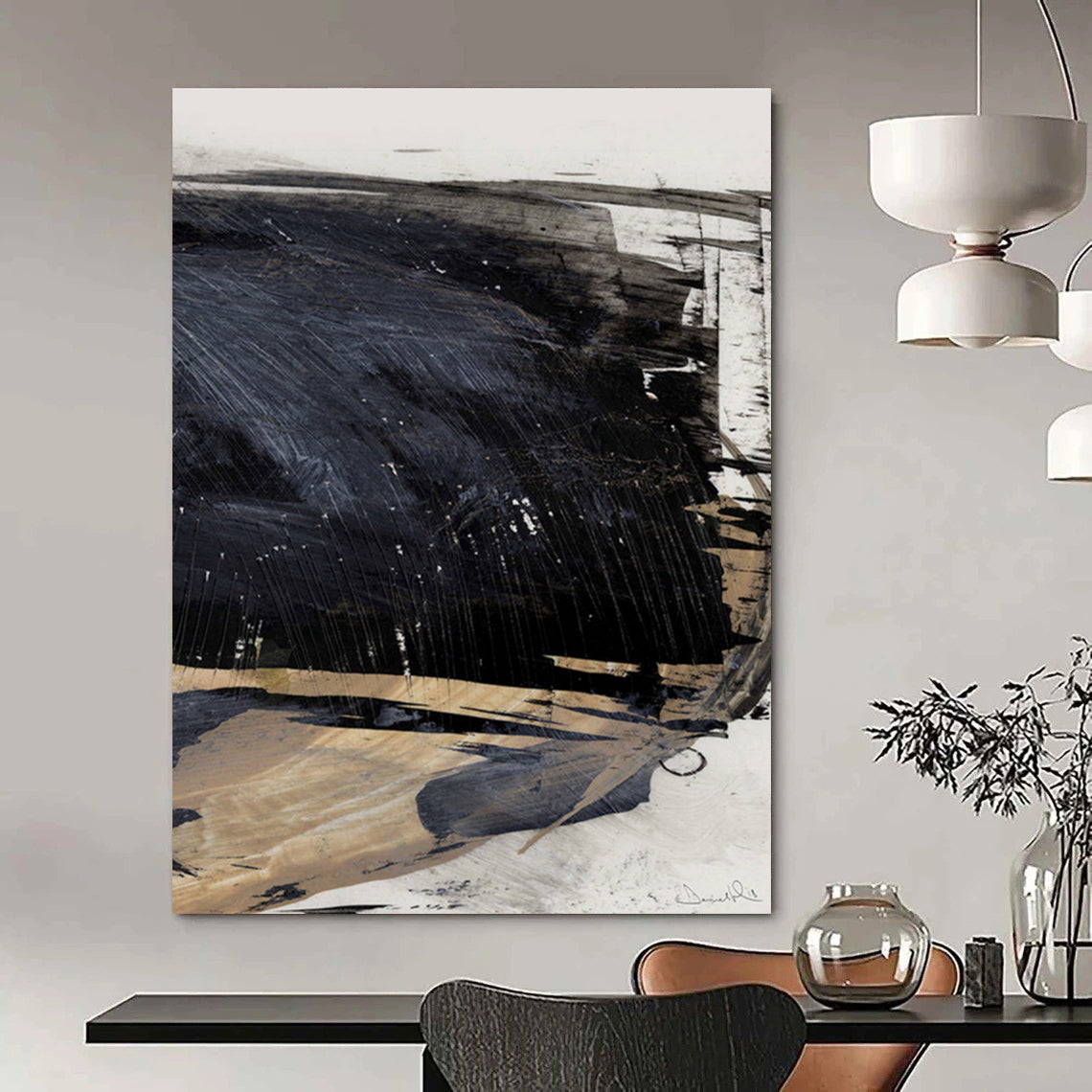Acrylic painting is a favored medium among artists for its vibrant colors, fast drying time, and versatility. Whether you're a novice looking to try a new hobby or aiming to create stunning artworks to brighten your home, this comprehensive guide will walk you through everything you need to know about acrylic painting—from understanding different types of acrylic paints to mastering essential techniques and caring for your tools.
What Are Acrylic Paints?
Acrylic paints are water-soluble when wet and water-resistant once dry, creating durable artwork with rich pigmentation. Compared to oil paints, acrylics dry much faster, allowing for quick corrections and layered effects. However, acrylic colors tend to darken slightly as they dry, and blending must be done swiftly because you cannot blend paint once it has dried.
Explore more about the different types of acrylic paint including soft body, heavy body, high-flow inks, and slow-drying options to find what fits your style best.

Essential Supplies for Acrylic Painting
-
Acrylic Paints: Choose professional-grade acrylic paints for higher pigmentation and longer-lasting color. For creating texture, try incorporating acrylic gels and modeling pastes, which add dimension and depth to your painting.
-
Brushes: Synthetic brushes are preferred because they withstand the heavier consistency of acrylics. Round brushes are ideal for beginners due to their versatility, while angled brushes are perfect for fine details. Learn about brush selection and care.
-
Canvas & Easel: Cotton canvas is widely used for its affordability and variety, whereas linen canvas offers greater durability for detailed work. Using an easel helps improve your posture and brush control.
Getting Started: Your Acrylic Painting Journey
-
Set Up Your Painting Space
Choose a well-lit, ventilated, and distraction-free area. Protect floors and surfaces from paint drips. -
Experiment with Materials
Test different brush shapes, canvas types, and paint consistencies to discover what works best for you. -
Master Color Mixing
Start by mixing primary colors to create a full spectrum of hues. Understanding color theory will allow you to paint precisely what you envision. For example, mixing red and blue yields various purples depending on ratios, while blending with white or black can adjust lightness and darkness.
Discover more about color mixing techniques used by artists to achieve perfect hues.

-
Create Rough Sketches
Draft your composition through sketches or mood boards to make painting more structured and enjoyable. -
Begin Painting
Find your preferred time to paint and start applying your acrylics in layers or textures that suit your style. -
Practice Patience
Art is a journey. Take breaks to avoid burnout and remain inspired.
Professional Painting Techniques: Adding Dimension and Depth
-
Painting with Dimension
Vary your tones to resemble how light interacts with objects. For instance, a fruit will have lighter, mid, and darker shades to give a three-dimensional feel rather than a flat look. -
Creating Depth of Field
Paint foreground objects larger and with strong contrasts, while background elements are smaller and less detailed. Use layering and overlapping to simulate distance.
Explore these advanced acrylic painting techniques to elevate your artwork.

5 Pro Tips for Beginner Acrylic Painters
-
Clean your brushes thoroughly and regularly to prevent hardening.
-
Invest in quality paints and synthetic brushes.
-
Practice blending to improve smooth transitions.
-
Take notes on your mixing and techniques to refine your skills.
-
Use gesso to cover mistakes before repainting.
FAQs
Q: How long does acrylic paint take to dry?
A: Typically within 15 to 30 minutes, though thicker layers take longer.
Q: Can I blend acrylic paint like oil paint?
A: No, acrylic dries quickly. Blending must be done while the paint is still wet.
Q: What surfaces are suitable for acrylic paint?
A: Canvas, acrylic paper, wood, and other properly primed surfaces.
Q: How do I clean brushes with dried paint?
A: Use acrylic brush cleaner products designed to soften and remove dried acrylic paint.
Q: Should I prime my canvas with gesso?
A: Yes, gesso creates a smooth surface that improves paint adhesion and longevity.
By mastering these fundamentals and exploring the vast world of acrylic painting, you will soon be creating vibrant and dynamic artworks.

